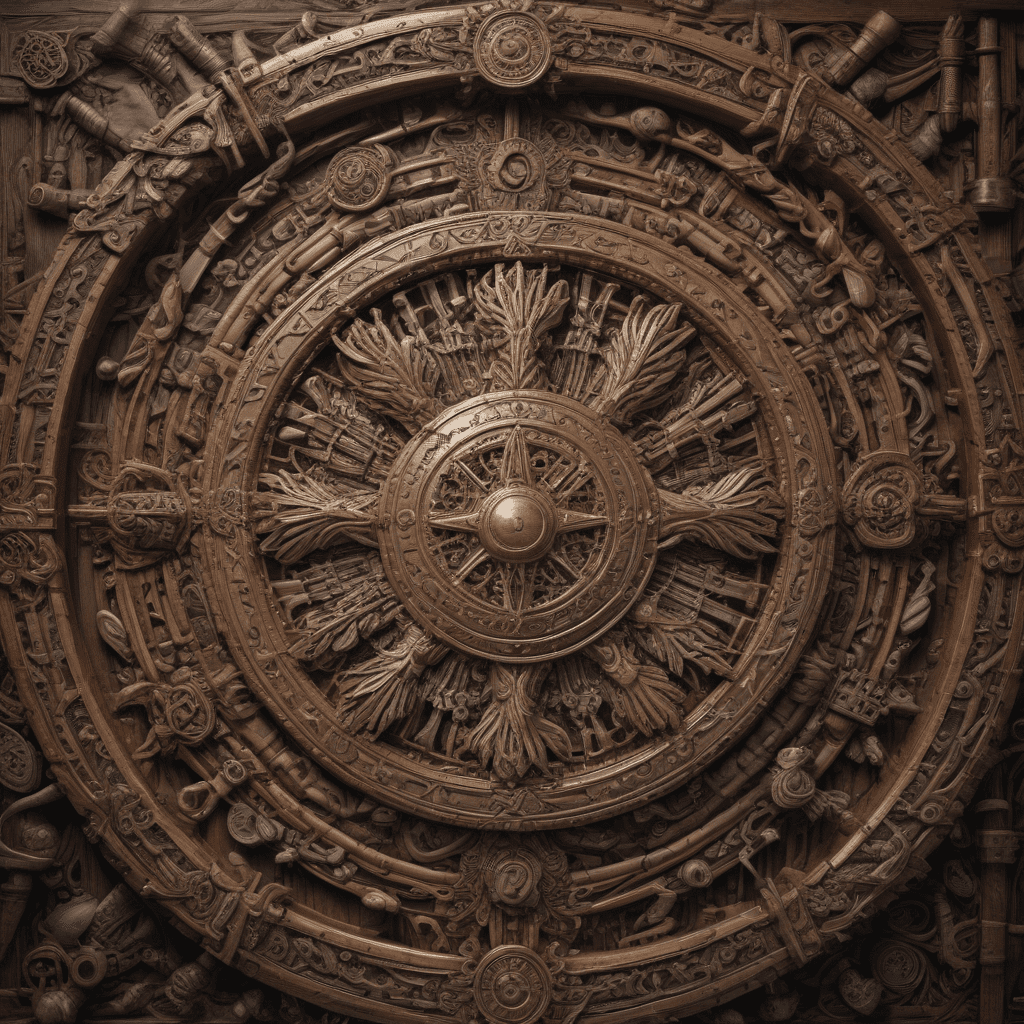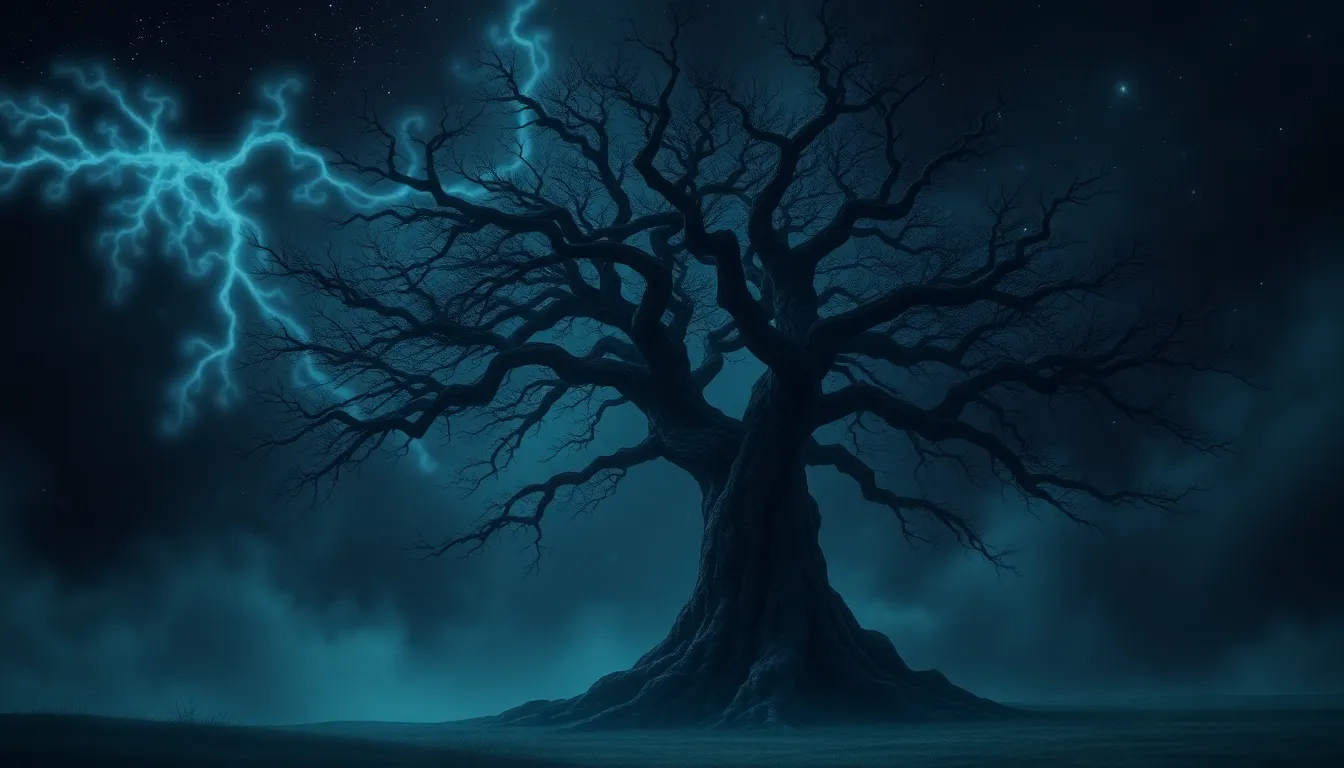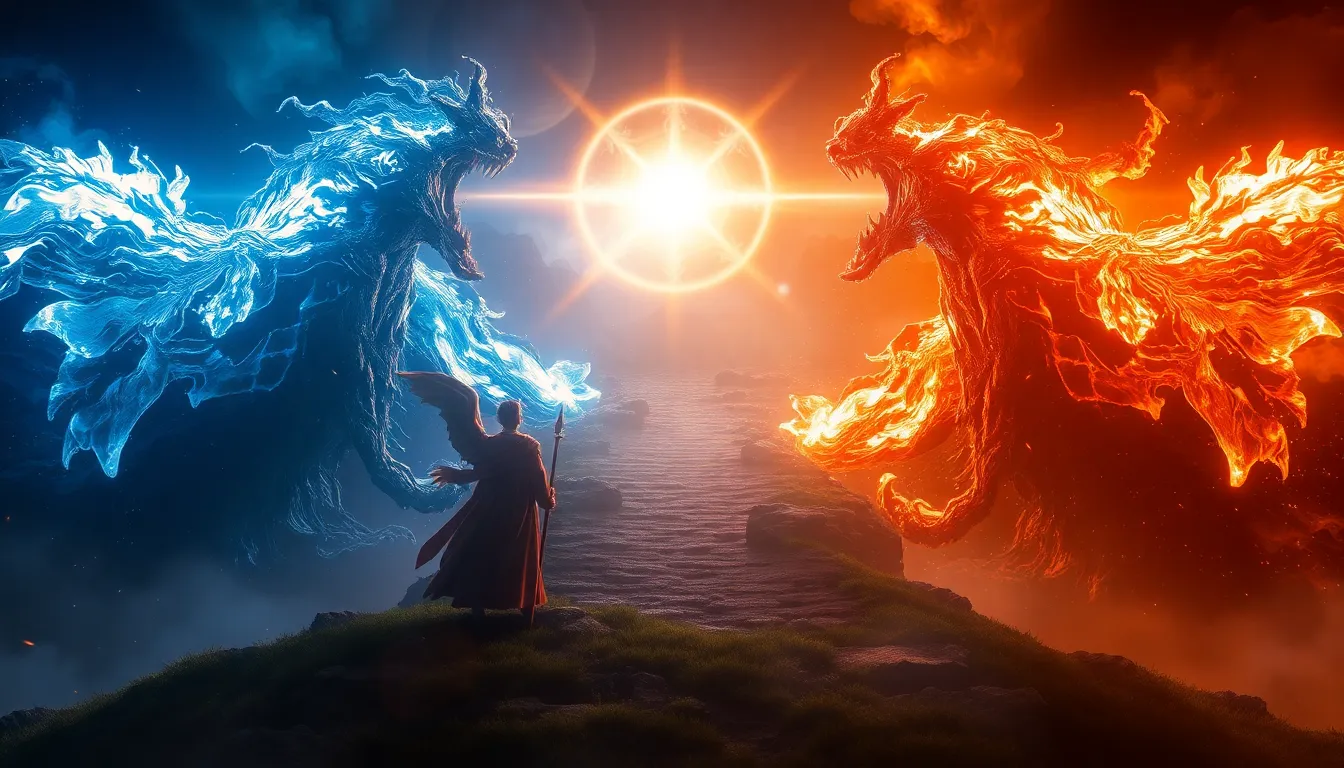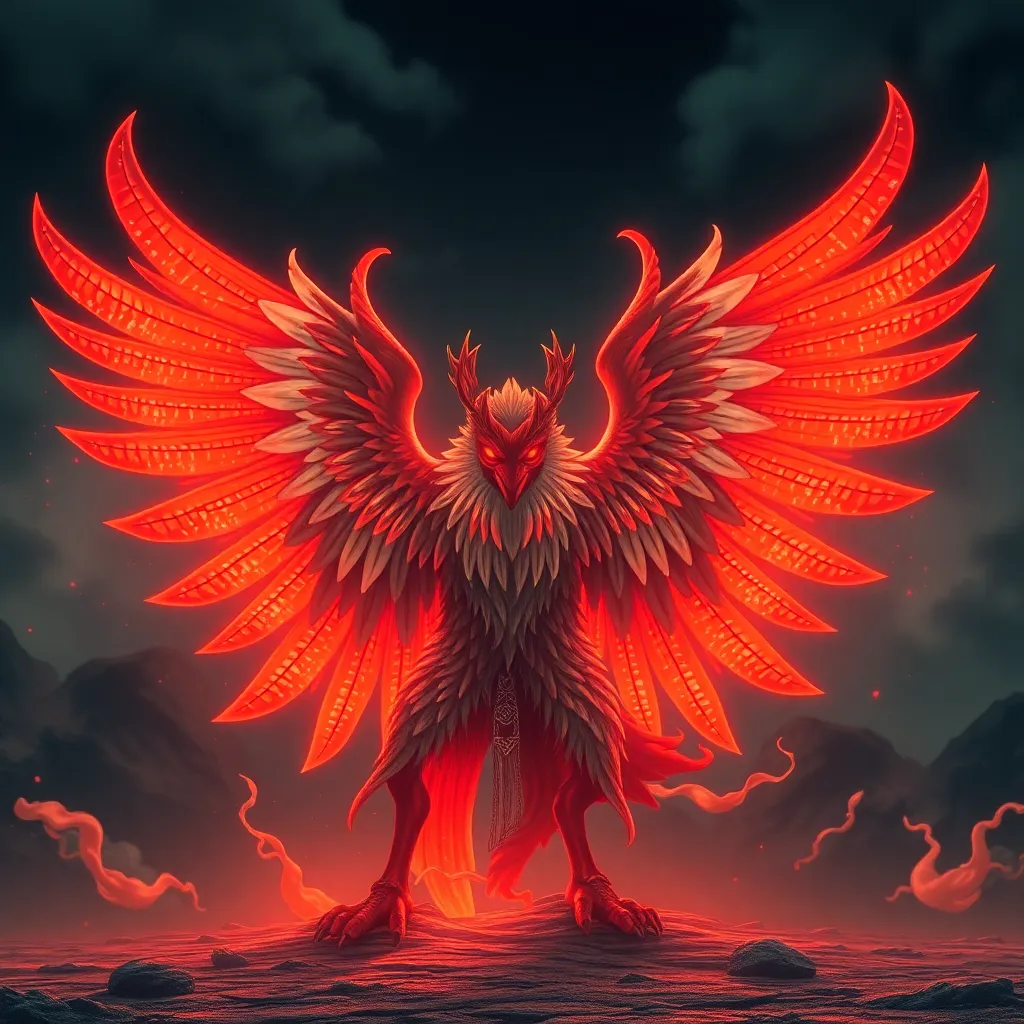Slavic Mythology in Traditional Crafts
Slavic mythology holds a profound sway over the traditional crafts of Eastern Europe. Its influence can be traced throughout the centuries, manifesting in a myriad of forms, from intricate carvings to enigmatic symbols. The roots of Slavic mythology, deeply entwined with pre-Christian beliefs, nature worship, and pagan rituals, form the bedrock upon which these crafts are built.
1. Historical Roots: Slavic Mythology and Its Origins
Slavic mythology originated in the vast expanse of Eastern Europe, dating back to the pre-Christian era. Its origins can be traced to the Proto-Slavic culture, which existed between the 5th and 10th centuries AD. The Proto-Slavs shared a common pantheon of deities, beliefs, and rituals, which later evolved into distinct regional variations. Slavic mythology is a rich tapestry of oral traditions, folktales, and legends, which have been passed down through generations. These stories and beliefs profoundly influenced the development of Slavic arts and crafts.
2. Deities and Spirits: The Cast of Slavic Mythology
Slavic mythology features a colorful array of deities and spirits, each with their own unique powers and attributes. Among the most prominent deities are Perun, the god of thunder and lightning; Veles, the god of the underworld and cattle; and Lada, the goddess of love and beauty. These deities often appear in traditional crafts as symbols of protection, fertility, and good fortune. Lesser spirits, such as the domovoi (house spirit) and rusalka (water spirit), also play a significant role in Slavic folklore and crafts, often serving as guardians against evil or harbingers of good luck.
3. Symbols and Motifs: Common Themes in Slavic Crafts
Slavic mythology is replete with recurring symbols and motifs that find expression in traditional crafts. The sun, a symbol of fertility and life, is a常見 motif in embroidery and woodcarving. The horse, representing strength and freedom, is often depicted in folk art. Other common symbols include the tree of life, symbolizing the connection between the earth and the heavens; the egg, representing rebirth and new beginnings; and the circle, representing unity and protection. These symbols are woven into the very fabric of Slavic crafts, imbuing them with layers of meaning and significance.
4. Protective Charms and Talismans: Warding Off Evil
Slavic mythology held a deep-seated belief in the power of protection against evil forces. This belief manifested in the creation of protective charms and talismans. These objects, often made of metal, wood, or leather, were believed to ward off evil spirits, bring good luck, and protect the wearer from harm. Common protective symbols include the thunderbird, representing Perun's power over evil; the fern flower, symbolizing good luck and wealth; and the horseshoe, a universal symbol of protection.
5. Natural Elements: The Earth, Sky, and Water in Slavic Crafts
Nature played a central role in Slavic mythology, and its elements are frequently depicted in traditional crafts. The earth, revered as the source of life and fertility, is often represented in pottery and ceramics. The sky, associated with the gods and the heavens, is depicted in embroidery and woodcarving. Water, symbolizing purity and renewal, is incorporated into crafts such as weaving and metalwork. By incorporating these natural elements, Slavic crafts not only reflect the reverence for the natural world but also seek to harness its power for protection and good fortune.
6. Folk Costume: Embroidered Textiles and Ritual Garments
Traditional Slavic folk costumes are a vibrant expression of Slavic mythology. Embroidered with intricate designs, these garments served both practical and ritualistic purposes. Women's shirts and dresses often featured elaborate embroidery depicting protective symbols, such as the sun, the tree of life, and the circle. Ritual garments, such as wedding dresses and headdresses, were adorned with even more elaborate embroidery, believed to enhance fertility, protect against evil, and ensure a happy marriage.
7. Woodcarving and Sculpture: Guardians and Storytellers
Woodcarving played a significant role in Slavic mythology. Wooden idols and sculptures representing deities and spirits were carved to protect homes and ensure good fortune. Folk carvers also created decorative items such as spoons, bowls, and furniture, often incorporating mythological symbols and scenes into their designs. These carvings not only served as functional objects but also narrated stories from Slavic folklore, preserving cultural traditions.
8. Pottery and Ceramics: Mythological Imagery and Everyday Use
Slavic pottery and ceramics showcased a rich blend of mythological imagery and practical functionality. Pots, bowls, and tiles were decorated with symbols of fertility, prosperity, and protection. Everyday items such as plates and cups often incorporated mythological motifs, bringing the supernatural into the domestic sphere. Pottery also played a role in rituals, with vessels used for offerings to deities and spirits.
9. Metalwork and Jewelry: From Sacred Adornments to Protective Armor
Slavic metalworkers crafted exquisite jewelry and sacred adornments, often using gold, silver, and bronze. Necklaces, bracelets, and earrings were adorned with protective symbols and mythological motifs. Metalworkers also produced armor and weapons, which were not only functional but also imbued with magical properties. Slavic warriors believed that wearing metal adorned with protective symbols would enhance their bravery and protect them in battle.
10. The Legacy of Slavic Mythology: Modern Adaptations and Revival
The legacy of Slavic mythology continues to inspire contemporary artists and artisans. Modern reimaginings of traditional crafts incorporate mythological symbols and motifs into contemporary art, fashion, and design. From intricate embroidery to conceptual sculptures, Slavic mythology remains a vibrant source of inspiration, ensuring its continued relevance in the contemporary world.
FAQ
What is the significance of the horse in Slavic mythology?
The horse is a prominent symbol of strength, freedom, and fertility in Slavic mythology. It is often associated with the god Veles and is believed to have magical powers.
How did Slavic mythology influence the design of folk costumes?
Slavic folk costumes were adorned with elaborate embroidery depicting protective symbols and mythological scenes. These designs were believed to ward off evil, promote fertility, and ensure good fortune.
What is the role of pottery in Slavic rituals?
Pottery played a significant role in Slavic rituals. Vessels were used for offerings to deities and spirits, and pottery often incorporated mythological symbols and motifs, connecting the domestic sphere to the supernatural.



